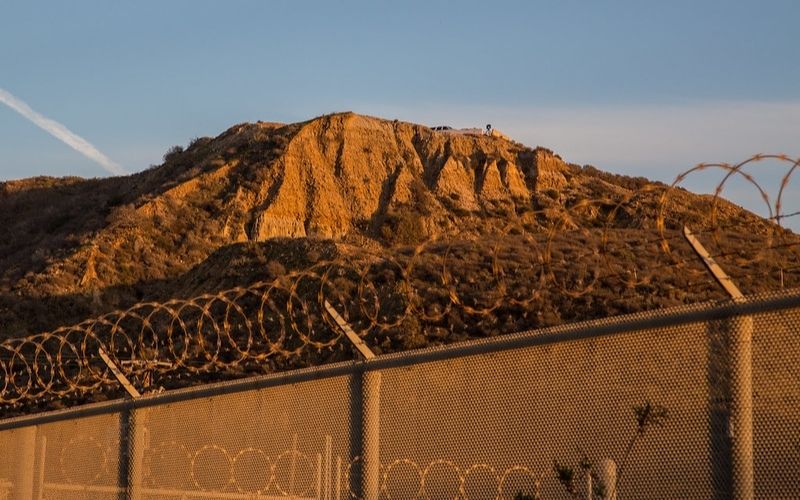Breaking News
Trump Floats Border Tolls, Remittance Tax
The president is exploring new ways to make Mexico pay for the border wall. During a rally in Winston-Salem, North Carolina on Tuesday, Trump said that toll booths at the border and taxes on remittance payments could easily fund the project. The ideas are the latest in the president’s efforts to have Mexico completely finance the border wall.
“Small Fee at the Border”
During Tuesday’s rally, Trump told cheering crowds,
“Mexico is paying for the wall, just so you understand. They don’t say that. They never say it. But we’re gonna charge a small fee at the border. You know, the toll booths.”
The president also floated the idea of taxing remittance payments.
“We’re putting a small toll on and maybe we’re going to do something with remittance… All the money that we spent on the wall will be coming back.”
Remittance payments are wages that are earned in the United States but sent to Mexico. Many Mexicans work in the United States in order to support loved ones in Mexico, leading to huge volumes of remittance payments. Each year, over $30 billion in remittances flow from the United States to Mexico, on average. In 2019, that number was $35 billion.
Between remittances and tolls, will the revenue be enough to pay for the wall?
Doing the Math

Photo by Tony Webster/Flickr
The border wall is shaping up to be a very expensive endeavor. The total cost is expected to be around $25 billion. Could a (reasonable) remittance tax and border toll cover the costs? Based on our calculation, it certainly would.
Each year, there are 350 million documented crossings between the US and Mexico. If we assume that the tax only applies to entering the country, and that roughly half the crossings are into the United States, that means that 175 million tolls would be paid each year. If the US collected a $4 toll on each entry, that would yield $700 million in toll revenue. Granted, Americans entering the country would have to pay the toll as well under these assumptions.
Over 20 years, much less than the expected life of the wall, such a toll would collect about $14 billion in revenue. Let’s take a look at how a reasonably low remittance tax would help offset the cost of the wall.
If we assume that remittances from the US to Mexico total $30 billion each year, then a 2% tax would yield $600 million in revenue for the US. Over twenty years, such a tax would collect $12 billion in revenue.
These relatively small fees, a $5 toll and 2% remittance tax, would ultimately collect $26 billion in revenue. These figures use very conservative assumptions: zero growth in remittances and border crossing volume over a 20-year period. However, it is worth noting that not all remittances will likely be collectible by the tax, so such caution is wise.
Keeping His Promise
President Trump didn’t mention the wall at Tuesday’s rally for nothing. He knows that his constituents care about his promise to build it, and his promise to make Mexico pay for it. Keeping this promise could be the difference between his lease at the White House extending to 2024 or ending next January. Based on simple math, his ideas for financing it are realistic, and wouldn’t create an undue burden for Mexicans who enter the country to work and visit.
Up Next:
- Trump Nominated for Nobel Peace Prize for Mid-East Peace Deal
- Trump Talks Politics In Labor Day Presser
- John Bolton Denies Claims Trump Disparaged Veterans